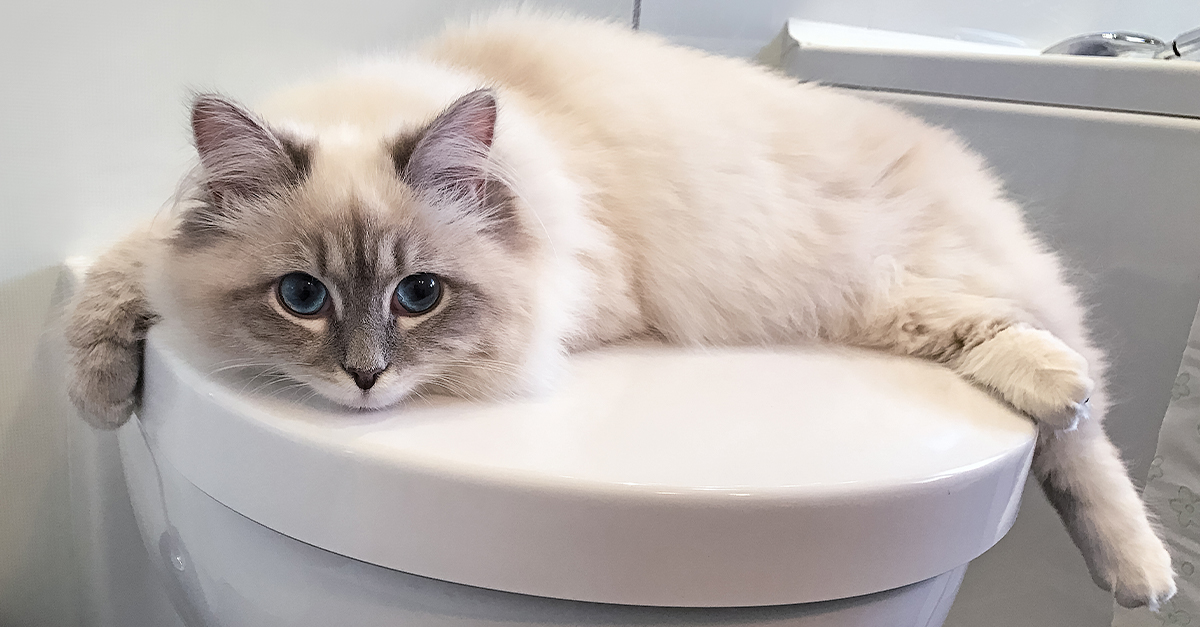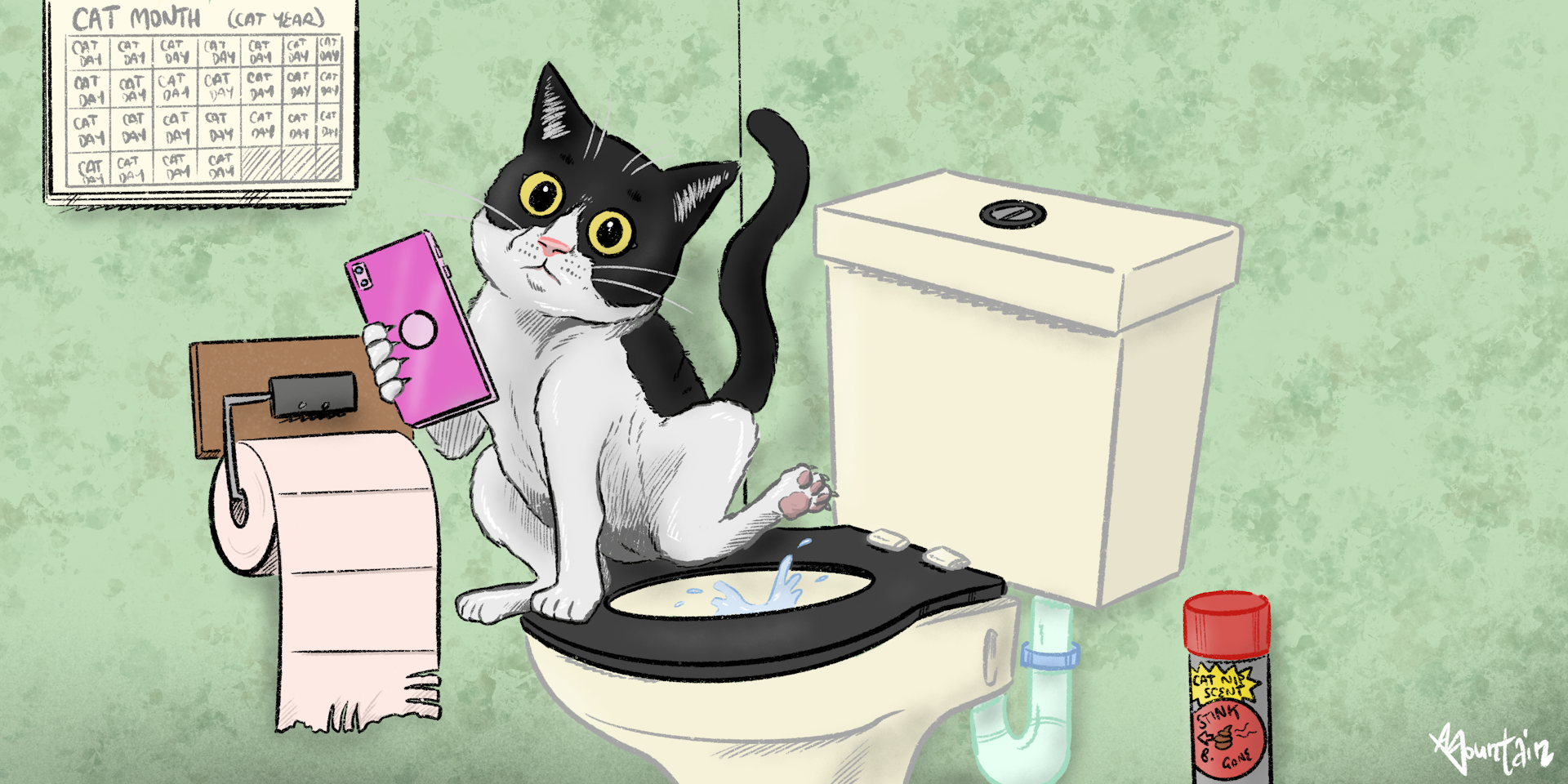The Risks of Animal Waste in the Toilet
Booking PageThey are making a few great annotation on the subject of Why you should never flush dog poop down the toilet overall in the article on the next paragraphs.

When it comes to getting rid of waste, especially animal waste, many individuals typically resort to the practical option of flushing it down the bathroom. Nonetheless, this seemingly very easy solution can have serious consequences for the setting and public health. In this write-up, we'll check out why flushing animal waste down the bathroom is a negative idea and supply alternate methods for correct disposal.
Introduction
Appropriate waste disposal is vital for keeping environmental sustainability and public health. While it may appear safe to flush animal waste down the bathroom, it can cause different issues, both for the environment and human health.
Dangers of flushing animal waste
Ecological impact
Purging animal waste introduces hazardous germs and pathogens into rivers, which can negatively impact aquatic communities. These virus can contaminate water resources and injury aquatic life, interrupting fragile communities.
Public health concerns
Animal waste has dangerous bacteria such as E. coli and Salmonella, which can position major wellness dangers to people. Purging pet waste down the commode can pollute water materials, causing the spread of illness and infections.
Alternatives to flushing
As opposed to flushing pet waste down the bathroom, there are a number of alternate disposal methods that are more eco-friendly and hygienic.
Composting
Composting animal waste is a green way to get rid of it. By composting, raw material is broken down into nutrient-rich soil, which can be made use of to feed yards and plants.
Landfill disposal
Getting rid of animal waste in a garbage dump is another option. While not as eco-friendly as composting, it is a much safer option to flushing, as it protects against the contamination of water sources.
Pet dog garbage disposal systems
There are specific pet dog garbage disposal systems offered that securely and hygienically get rid of animal waste. These systems usually use enzymes to break down waste and get rid of smells.
Actions to proper pet waste disposal
To make certain correct disposal of animal waste, adhere to these steps:
Scooping and getting waste
On a regular basis scoop and bag pet waste making use of biodegradable bags. This avoids waste from contaminating the atmosphere.
Utilizing assigned waste containers
Dispose of bagged animal waste in assigned waste bins, such as compost containers or landfill containers. Avoid flushing it down the commode in all prices.
Cleansing litter boxes and family pet locations frequently
Consistently clean can and family pet areas to prevent the buildup of waste and germs. Usage pet-safe cleansing products to preserve hygiene.
Benefits of appropriate disposal methods
Embracing correct disposal methods for animal waste uses numerous advantages:
Reduced environmental pollution
Appropriate disposal approaches lower the risk of environmental pollution, securing waterways and ecological communities from contamination
Reduced danger of water contamination.
By avoiding flushing pet waste down the commode, the risk of water contamination is dramatically lowered, safeguarding public health.
Enhanced sanitation and health
Proper disposal methods promote better cleanliness and hygiene, developing a safer environment for both human beings and animals.
Verdict
To conclude, purging animal waste down the toilet is dangerous to the atmosphere and public health. By adopting different disposal techniques and following correct waste administration practices, we can minimize the unfavorable impact of pet waste and add to a cleaner, healthier earth.
Why You Should Never Flush Cat Poop Down the Toilet
A rose by any other name might smell as sweet, but not all poop is created equal. Toilets, and our sewage systems, are designed for human excrement, not animal waste. It might seem like it couldn’t hurt to toss cat feces into the loo, but it’s not a good idea to flush cat poop in the toilet.
First and foremost, assuming your cat uses a litter box, any waste is going to have litter on it. And even the smallest amount of litter can wreak havoc on plumbing.
Over time, small amounts build up, filling up your septic system. Most litter sold today is clumping; it is made from a type of clay that hardens when it gets wet. Ever tried to scrape old clumps from the bottom of a litter box? You know just how cement-hard it can get!
Now imagine just a small clump of that stuck in your pipes. A simple de-clogger like Drano isn’t going to cut it. And that means it’s going to cost you big time to fix it.
For an amusing, graphic tale of what happens when you flush too much litter down the toilet all at once, take a few minutes to read Gene Weingarten’s 2017 Washington Post column “So that’s what happens when you flush cat litter down the toilet.â€
Parasitic Contamination
Believe it or not, your healthy kitty may be harboring a nasty parasite. Only cats excrete Toxoplasma in their feces. Yet it rarely causes serious health issues in the cats that are infected. Most people will be fine too if infected. Only pregnant women and people with compromised immune systems are at risk. (If you’ve ever heard how women who are expecting are excused from litter cleaning duty, Toxoplasma is why.)
But other animals may have a problem if infected with the parasite. And human water treatment systems aren’t designed to handle it. As a result, the systems don’t remove the parasite before discharging wastewater into local waterways. Fish, shellfish, and other marine life — otters in particular — are susceptible to toxoplasma. If exposed, most will end up with brain damage and many will die.
Depending on the species of fish, they may end up on someone’s fish hook and, ultimately on someone’s dinner plate. If that someone has a chronic illness, they’re at risk.
Skip the Toilet Training
We know there are folks out there who like to toilet train their cats. And we give them props, it takes a lot of work. But thanks to the toxoplasma, it’s not a good idea.
Leave the toilet to the humans, and accept your future litter cleaning duty.

Consistently clean can and family pet areas to prevent the buildup of waste and germs. Usage pet-safe cleansing products to preserve hygiene.
Benefits of appropriate disposal methods
Embracing correct disposal methods for animal waste uses numerous advantages:
Reduced environmental pollution
Appropriate disposal approaches lower the risk of environmental pollution, securing waterways and ecological communities from contamination
Reduced danger of water contamination.
By avoiding flushing pet waste down the commode, the risk of water contamination is dramatically lowered, safeguarding public health.
Enhanced sanitation and health
Proper disposal methods promote better cleanliness and hygiene, developing a safer environment for both human beings and animals.
Verdict
To conclude, purging animal waste down the toilet is dangerous to the atmosphere and public health. By adopting different disposal techniques and following correct waste administration practices, we can minimize the unfavorable impact of pet waste and add to a cleaner, healthier earth.
Why You Should Never Flush Cat Poop Down the Toilet
A rose by any other name might smell as sweet, but not all poop is created equal. Toilets, and our sewage systems, are designed for human excrement, not animal waste. It might seem like it couldn’t hurt to toss cat feces into the loo, but it’s not a good idea to flush cat poop in the toilet.
First and foremost, assuming your cat uses a litter box, any waste is going to have litter on it. And even the smallest amount of litter can wreak havoc on plumbing.
Over time, small amounts build up, filling up your septic system. Most litter sold today is clumping; it is made from a type of clay that hardens when it gets wet. Ever tried to scrape old clumps from the bottom of a litter box? You know just how cement-hard it can get!
Now imagine just a small clump of that stuck in your pipes. A simple de-clogger like Drano isn’t going to cut it. And that means it’s going to cost you big time to fix it.
For an amusing, graphic tale of what happens when you flush too much litter down the toilet all at once, take a few minutes to read Gene Weingarten’s 2017 Washington Post column “So that’s what happens when you flush cat litter down the toilet.â€
Parasitic Contamination
Believe it or not, your healthy kitty may be harboring a nasty parasite. Only cats excrete Toxoplasma in their feces. Yet it rarely causes serious health issues in the cats that are infected. Most people will be fine too if infected. Only pregnant women and people with compromised immune systems are at risk. (If you’ve ever heard how women who are expecting are excused from litter cleaning duty, Toxoplasma is why.)
But other animals may have a problem if infected with the parasite. And human water treatment systems aren’t designed to handle it. As a result, the systems don’t remove the parasite before discharging wastewater into local waterways. Fish, shellfish, and other marine life — otters in particular — are susceptible to toxoplasma. If exposed, most will end up with brain damage and many will die.
Depending on the species of fish, they may end up on someone’s fish hook and, ultimately on someone’s dinner plate. If that someone has a chronic illness, they’re at risk.
Skip the Toilet Training
We know there are folks out there who like to toilet train their cats. And we give them props, it takes a lot of work. But thanks to the toxoplasma, it’s not a good idea.
Leave the toilet to the humans, and accept your future litter cleaning duty.

Do you like reading about 10 Things You Should Never Flush Down The Toilet? Create feedback down the page. We would be pleased to see your feelings about this article. Hoping to see you back again in the near future. Sharing is caring. You just don't know, you may very well be helping someone out. Many thanks for going through it.
Article